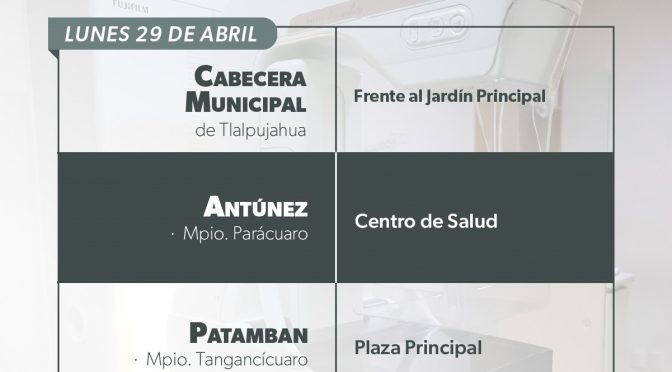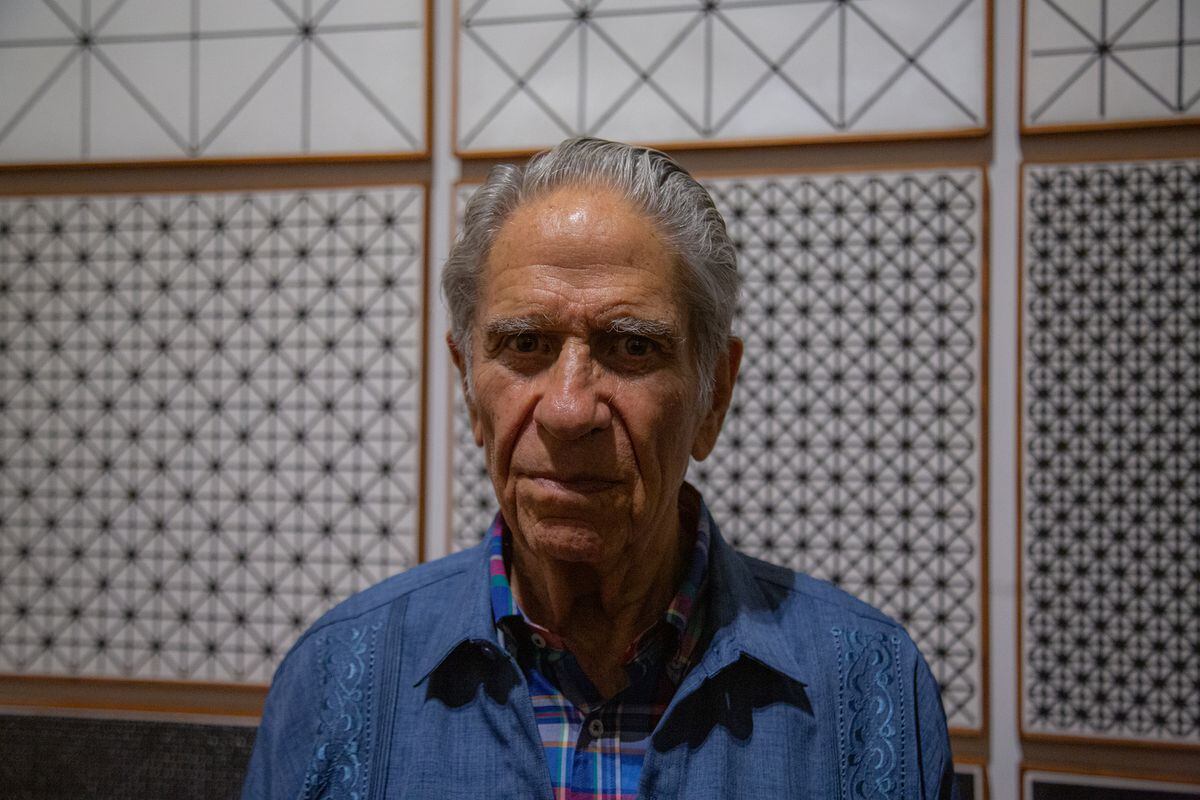Beauty is a universal language, and once he understood it, Eduardo Terrazas (Guadalajara, Jalisco, 87) used it to build bridges between seemingly distant worlds. A few clothespins, a skein of wool, or a group of lines criss-crossing each other were more than enough to display creativity that combined the best of each world. Their human appearance is perfectly combined with natural science precision and traditional fabrics coexist with pop aesthetics with almost no resistance. world …
Subscribe to continue reading
Read without limits
Beauty is a universal language, and once he understood it, Eduardo Terrazas (Guadalajara, Jalisco, 87) used it to build bridges between seemingly distant worlds. A few clothespins, a skein of wool, or a group of lines criss-crossing each other were more than enough to display creativity that combined the best of each world. Their human appearance is perfectly combined with natural science precision and traditional fabrics coexist with pop aesthetics with almost no resistance. The world of the Mexican architect and visual artist is an infinite field of possibilities that has not yet been exhausted. The result of more than five decades of work is an intense work full of color and geometry that will be on display from Thursday through October 8 at the Palacio de Bellas Artes under the title Edward Terrazas. Multiple balance. Works and Projects (1968-2023).
“The structure, the idea, the concept, it will always have many ways of appearing and acting in a beautiful way,” the creator explains during the presentation. He defends this, saying, “Beauty is what connects us to other human beings.” The fragile and insecure physique of this 87-year-old contrasted with his mental clarity and clear speech. Terrazas was an active part of the development of the project, which was overseen by Daniel Garza Usabiaga.
The exhibition consists of 144 pieces spread over four parts covering all of the artist’s output, from his beginnings in the 1960s to today, and includes 10 new works created for the occasion. “Terrazas is a multifaceted artist. It was very important to be able to consider all these perspectives without excluding anything,” Garza Usabiaga justifies. “Now there are new, younger audiences who didn’t attend the opening of the subway or the 1968 Olympics. There is an important historical resurgence for them to be able to identify with,” he deepens.
Terrazas has always been connected to what was happening in other parts of the world. Presenting This World in Mexico and Mexico in That World became the center around which his work revolved. In 1961 he met the famous museum doctor Fernando Gamboa, with whom he prepared an exhibition of pre-Hispanic art that traveled through St. Petersburg, Warsaw and Paris, and still in the days of the Soviet Union. “Imagine what that meant for my consciousness and my perception of the world. It was very important,” he now admits. All these trips were costing him his time. “We have to respond to the realities of our time. This is what my job consists of: becoming socially aware of the world,” he sums up. The pioneering thing was to do so with a pop aesthetic, a departure from the mural art that dominated the country’s landscape for decades.
The championship logo design was Terrazas’ first indisputable success. “We turned the Huichol tables into a symbol of games by putting on one thread, another, and another,” says the architect. Games”. What marks the meteoric rise in his career also unlocks this retrospective exhibition that progresses chronologically through the different rooms.
He accompanies traditional wool in almost all of them and is part of a collaboration with the master who accompanies him, artisan Santos Mutoapuhua. “All projects done with a great team. If you don’t have it, it’s worthless,” Terrazas warned before the start of the tour. “Keep it in mind when you see it,” he confirmed after a short while, modestly.
The canvas has been transformed in the following rooms in a series grouped under the title structure capabilities, where you play different combinations of diagonal, horizontal, and vertical lines with other circles and squares. The five most extensive axes that make up “Nine Circles, Grid, Diagonals, Barcodes and Cosmos” is the latter, as the originator pauses to explain. “The goal was to understand our time and present it as art,” he admits: “I met a mathematics professor from Oxford University and that was our conclusion about the scheme that the universe follows. It is our interpretation so that people know that it exists in such a dimension and variety.”
New works made for the exhibition follow this motif, playing with a palette of decadent colors and a greater presence of white. “They still represent the universe, but they’ve already become something else,” he announces vaguely, leaving the explanation to the viewer. “But always try to make sure there is cuteness, because beauty is essential.” Beauty is the engine and the access point.
Also in file Museum every day, a collection of paintings and sculptures made up of commonly used items in any Mexican home: dishwashing brushes, clothespins, and school rules. Beauty is in appearance and nothing escapes her. “A simple structure can give rise to thousands of shapes. Reality is a field of possibilities,” Terrazas highlights.
If the experience with Fernando Gamboa in 1961 influenced his imagination, the meeting with Austrian priest Ivan Elish five years later ended up cementing the ideology of Terrazas. They met in 1966, when the Catholic thinker settled in Mexico, and became close friends until his death. Eilish cultivated significant activity outside the ecclesiastical world, which came to counter his ideas, and his criticism of the capitalist industrial model led to the founding of CIDOC in Cuernavaca, a multicultural center reflecting on sustainable development. All of this is echoed throughout Terrazas’ work and especially in the exhibition’s climax: It all depends on everyone.
The work consists of two mosaics of 16 each that he made in 1975 for a meeting of the Club of Rome in Guanajuato at which he sought to denounce the unsustainable industrial development model. exponential growthblack and white, talking to organic growthColor explosion. Line crossings progress in a similar fashion in both configurations until frame 10 or 11. But then a break occurs that results in total black in the first, but continues to create new structures in the second. The tracks are multiple until it all comes crashing down. He makes it clear that “one is working for humanity,” and by doing so removes doubts. His way along with color and social progress.
Subscribe here to the news From EL PAÍS México and receive all the essential information about current affairs in this country

“Travel junkie. Coffee lover. Incurable social media evangelist. Zombie maven.”

/cloudfront-us-east-1.images.arcpublishing.com/eluniverso/YFBMOB6RIFBJ7EVX7F4FOQMQPA.jpg)

:quality(85)/cloudfront-us-east-1.images.arcpublishing.com/infobae/YB64VL2YN5E5BFTHJIG4M7QUUE.jpg)



More Stories
Ian Armitage, “Little Sheldon,” and his friend talk about the end of the series and its cancellation
June Squibb, actress who landed her first leading role at age 93
Cha Eun-Woo's second date in Mexico: these are the VIP offers for his new concert at CDMX